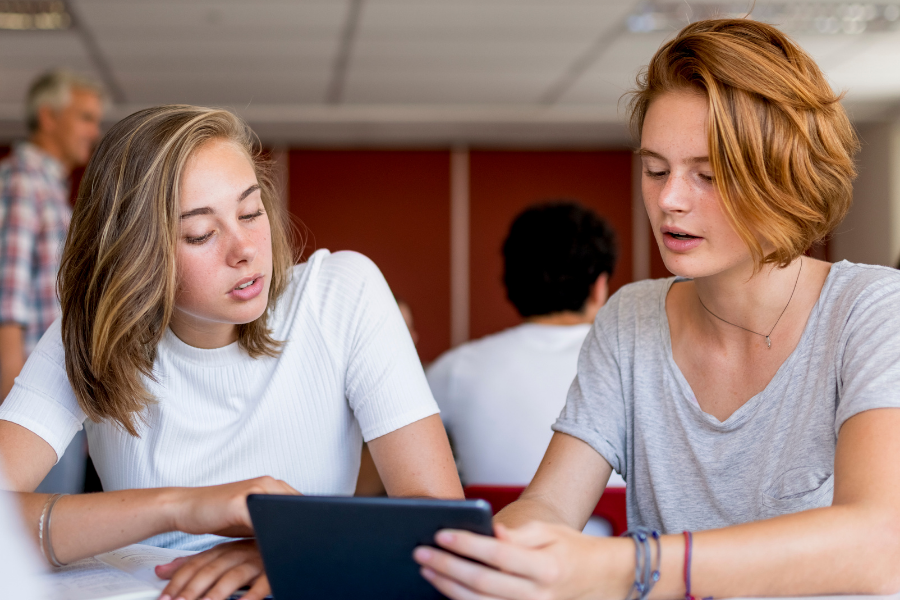Teachers in New South Wales and Victoria have been challenged beyond their wildest expectations continuously pivoting and re-designing their curriculum with limited notice and resources. The pandemic has shifted the way we teach. Some changes will be temporary while others could be here to stay.
As teachers grapple with remote teaching the possibility of schools providing a Blended Learning Approach is an option that may be a lasting effect from the pandemic. From a pedagogical perspective, this approach aims to find the difficult balance between online access to knowledge and face-to-face human interaction. There is growing recognition that a Blended Learning Approach can provide the opportunities and flexibility necessary for the future of education. Prior to the pandemic, Blended Learning was a choice; however, now it could be described as a necessity.
Blended Learning has the potential to reshape the basic operations of educational systems by rethinking the concepts of delivery, place, time and how learners are grouped together. By integrating new forms of online instruction and increasingly rich device experiences, Blended Learning can enable more dynamic, rich learning experiences.
Key research around the benefits of the approach show that teaching quality is more important than the delivery of the lesson. Research also demonstrates that a Blended Approach supports a student’s ability to work independently. This independence promotes resilience and authentically prepares students for a technologically savvy future. However, does Australia have the services and support systems required to ensure that access to technology is equally available to all students? Unfortunately, the reality of this approach to learning is that it creates and widens a digital divide among students. Prioritising equitable internet access, stable connections and access to quality devices for all students needs to be an active national agenda item for our education and governing bodies.
Like most consequences of the pandemic, we will be propelled to make improvements quickly. Perhaps this push and heightened awareness is just what Australia needs? Acknowledging the consequences of our “digital natives” succumbing to disadvantages of a greater digital divide extends well beyond the pandemic.



